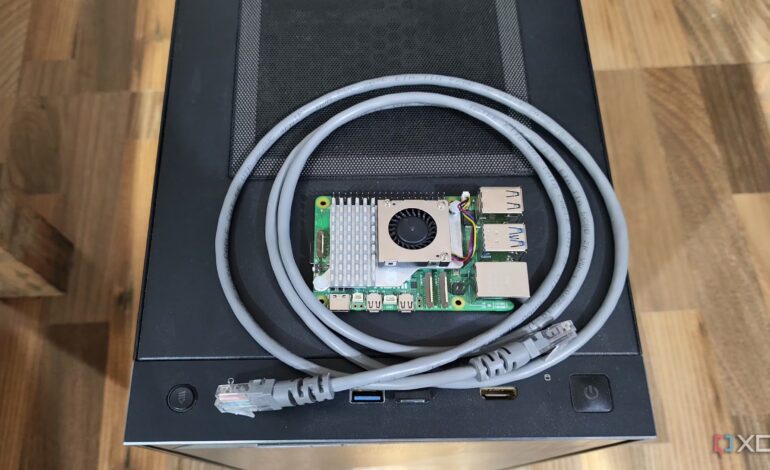Transforming Raspberry Pi Management Through Network Booting

Booting a Raspberry Pi over a network has significantly improved device management for users, enhancing reliability and efficiency. This shift has proven particularly beneficial for those operating multiple Raspberry Pi devices, as it eliminates the need for fragile SD cards, which are prone to failure over time due to constant read and write cycles.
The transition to network booting allows Raspberry Pi boards to load their operating systems directly from an image stored on a Network Attached Storage (NAS) system. This method not only enhances reliability but also simplifies updates and backups. Instead of re-imaging individual SD cards, users can update a single master image, ensuring that all connected devices benefit simultaneously.
Benefits of Network Booting
One of the major advantages of this setup is the reduction in maintenance burden. With traditional SD card setups, each device had its own unique configuration, leading to challenges during failures. Users often had to rebuild systems from scratch, which was time-consuming and frustrating. Network booting streamlines this process, allowing for quick creation or cloning of environments. If a device fails, users can simply connect a new unit, assign the same hostname or MAC address, and resume operations seamlessly.
The performance improvements are also notable. Despite booting over Ethernet, the read and write speeds are superior to those experienced with SD cards. System updates are applied faster, and services start up without delays. This is particularly beneficial for resource-intensive applications like database-driven software or media servers.
Reliability has increased, as the images stored on a NAS are less susceptible to corruption compared to traditional SD cards. Users can also create snapshots of their entire system, facilitating easy recovery to previous states if necessary. This capability reduces the stress associated with updates, knowing that recovery is just a click away.
Getting Started with Network Booting
To implement network booting, users must ensure their hardware supports it. Models such as the Raspberry Pi 4 and Raspberry Pi 5 can perform network booting natively, provided the bootloader EEPROM is updated. The Raspberry Pi 3 Model B can also be configured for this purpose with some adjustments.
A stable wired Ethernet connection, a DHCP server, and either a TFTP or NFS server are required to provide the boot files. Wireless booting is not currently supported, making a reliable network cable essential for a smooth startup. Having a NAS or home server enhances the experience, acting as a central repository for Raspberry Pi images and managing file delivery during boot processes.
For those unfamiliar with networking, the initial setup may appear daunting. However, most configuration changes are made once and rarely require attention afterward, unless new devices are added. Users can enable network booting via the Raspberry Pi Imager or by executing terminal commands to adjust EEPROM settings.
Once the configuration is complete, each device can be assigned its own image or point to a common one, facilitating a unified environment. Many users find it helpful to maintain separate directories for each Pi, simplifying troubleshooting and management.
While the setup process may involve some trial and error, it ultimately enhances understanding of networking and inter-device communication. The benefits of network booting extend beyond mere convenience, resulting in a more coordinated and professional configuration.
For anyone managing multiple Raspberry Pis or operating a home lab, adopting network booting is a transformative step. It simplifies updates, boosts reliability, and significantly reduces the ongoing maintenance associated with traditional SD card use. As users become accustomed to managing their devices from a centralized location, the advantages of this approach become increasingly clear.





